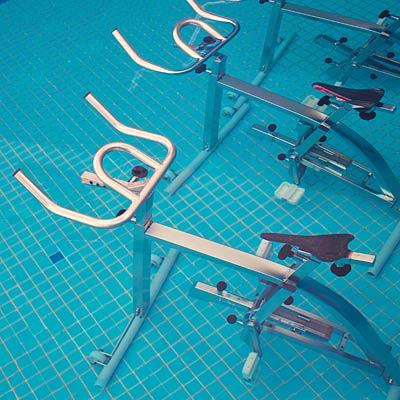The Basics Regarding Weight Loss Surgery
In order to lose weight and keep it off, individuals must also understand the basics of nutrition, the importance of exercise, and changing poor lifestyle habits, replacing them gradually, to ensure long-term weight loss progress and maintenance.
Starting the Weight Loss Journey
Obesity surgery centers around the world such as Mexicali Obesity Solutions, located in Mexicali Mexico, or 365mc's Obesity Clinic, in Seoul, South Korea provide all-around bariatric surgery center options for individuals seeking a variety of gastric bypass, gastric band, or lap band surgeries.
However, such facilities also provide counseling services, behavior modification therapy, and dietetics therapy designed to improve long-term weight loss maintenance goals and to adapt eating habits to benefit overall health and wellness.
Some of the most common methods and treatments used for obesity treatment and weight loss therapies include:
- Weight-Loss Medications
- Bariatric Surgery
- Gastroplasty
- Lap Banding
- Sleeve Gastrectomy
- Gastric Bypass
Lap banding -- Laparoscopic gastric banding (LAGB) is a process through which a silicone band, much like a rubber band, is placed around the entrance to the stomach. One of the most popular choices of weight-loss procedures, patients undergoing this type of procedure can expect a 50 to 75% weight loss of 50 to 90 pounds after two years.
Vertical Banded Gastroplasty -- This procedure is commonly known as stomach stapling or VBG. Surgical staples are used to section off a small portion of the upper part of the stomach. The other side of this pouch is fitted with a band that slows the amount of time it takes for food to leave this pouch, which results in feelings of fullness after eating small amounts of food. Most patients who choose this type of procedure are generally able to lose roughly 50% of excess weight after a two-year time period.
Sleeve Gastrectomy -- This type of procedure is generally performed on patients who have a body mass index over 50. It involves removing a portion of the stomach to create more of a sleeve rather than the pouch shape that the stomach has. This type of procedure offers less of weight loss expectancy after a typical two-year timeframe, and a person may anticipate losing between 30 and 35% of their initial body weight, or roughly 40 pounds.
Gastric Bypass is a procedure results in dividing the stomach to create a small pouch that is directly attached to the small intestine. This pouch can only hold 1 ounce of food, though it may stretch in time to allow a person to eat about a cup of food at a time. This type of procedure is considered the most drastic, although it contains the highest success rate with patients losing between 60 and 70% of excess body weight within a year.
Finding Affordable Bariatric Surgery Centers
Facilities, bariatric surgeons and obesity and weight loss experts around the world, including Alejandro Aguirre Wallace of Ensenada, Mexico, Dr. Marco More, bariatric surgeon in Buenos Aires, Argentina and MedTravel Ecuador, located in Ecuador's capital city of Quinto, offer medical travelers the best weight loss programs in South Korea, weight loss surgery in Turkey, obesity surgery in Columbia, and the best obesity surgery abroad.
Related Articles
-
Fat Burning Foods - Which Foods Keep You Fit
Fat burning foods refer to specific type of foods that either burn fat
-
Natural Metabolism Boosters That Burn Midriff Fat
If you are overweight you can spend a lot of do
-
Phen375 Is Completely Safe And Result-Oriented Pills
-
Fat Burning Furnace - Recently Release Weight Loss System Skyrockets In Popularity!
Learn How to Lose 26 Pounds in 7 Weeks! Recently Release Weight Loss S
-
Fat Burning Furnace Book By Rob Poulos-Fat Burning Furnace Review
Of all the weight loss program in the industry, why can Fat Burning F
-
Water Weight Loss... A Temporary Fix
You need to understand the concept of water weight loss, as
- DON'T MISS
- Extreme Maximum Weight Loss Conditions
- Extreme Fat Loss Diet Review
- The Psychology of Weight Loss: Part 1 - The INSIDE OUT Mindset
- Proactol Plus ?Lose up to 20lbs per month
- How Can I Get Rid Of Belly Fat Fast - Have Flat Abs by Doing The Opposite of What Most People Tell You To Do
- Fat Burning Furnace - Quick Weight Loss Workouts That Kick Cardio In The Butt!
- The African Mango Review
- How to Lose Weight and Keep Your Family Healthy by Eliminating Toxins in Your Environment
- The Dangers Of Fad Dieting
- A Guide to Fast Safe Home Remedies For Weight Loss




